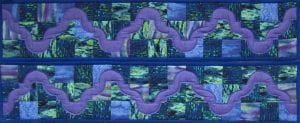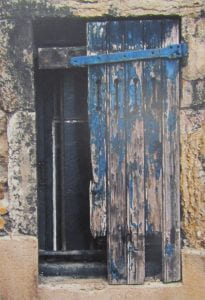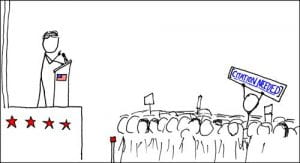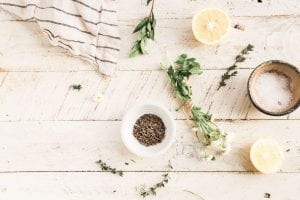
Do you enjoy painting, sketching, or taking photos? Come share your artistic side and participate in Himmelfarb Library's Art Show! Himmelfarb's annual Art Show has been a proud tradition for over 30 years, when each spring semester the first floor of the library is transformed into an art gallery displaying the works of our community.
We invite the faculty, students, and staff of SMHS, GWSPH, SON, and GW Hospital to submit their art. We accept everything from paintings to sculptures to textiles to woodworking, and anything in between! Each artist is invited to submit up to five works.

Not on campus? Submit images of your art to Susan Koenig (skoenig1@gwu.edu) for our Digital Art Show, to be displayed on TV screens throughout the Himmelfarb Library.
We are accepting submissions in-person at the Reference Desk starting today, March 2nd, through March 30th. The opening reception will be April 2nd at 4PM, refreshments will be served. Everyone’s art will be displayed through April 30th. We hope to see you there!
If you have any questions, contact Susan Koenig at skoenig1@gwu.edu.









 Do you want full-text faster?
Do you want full-text faster? 